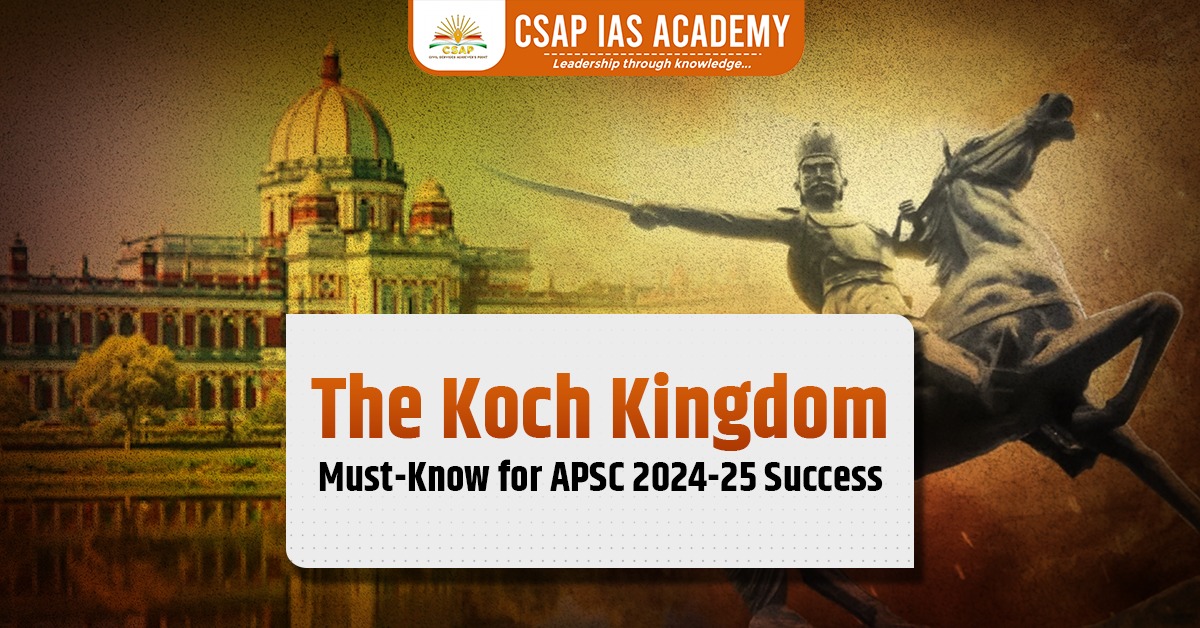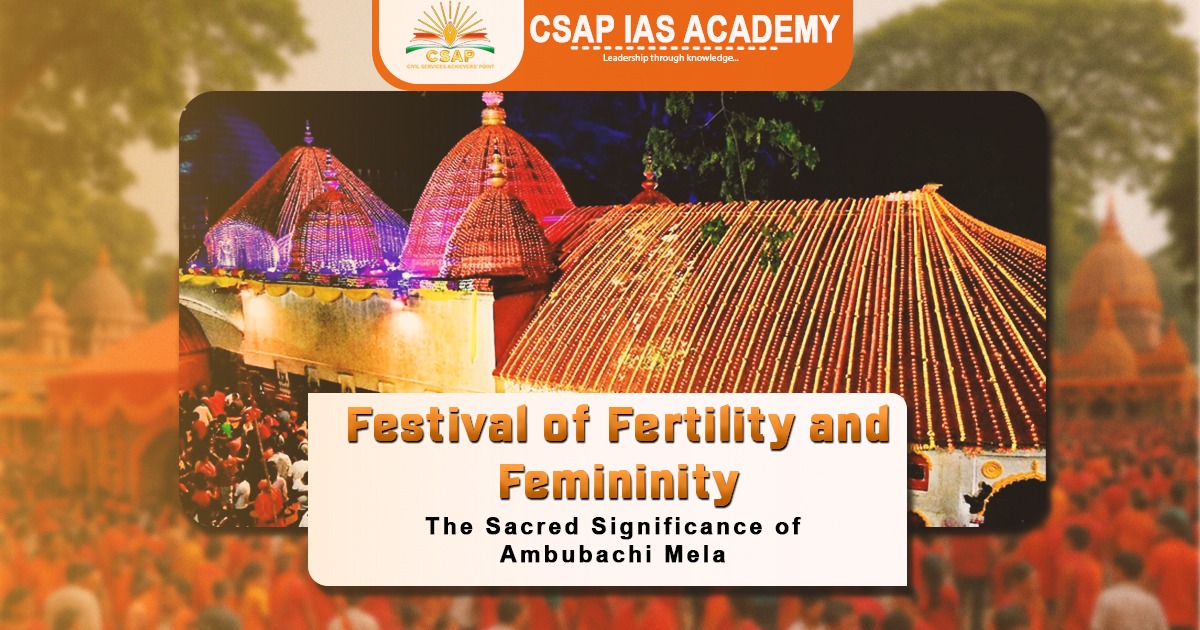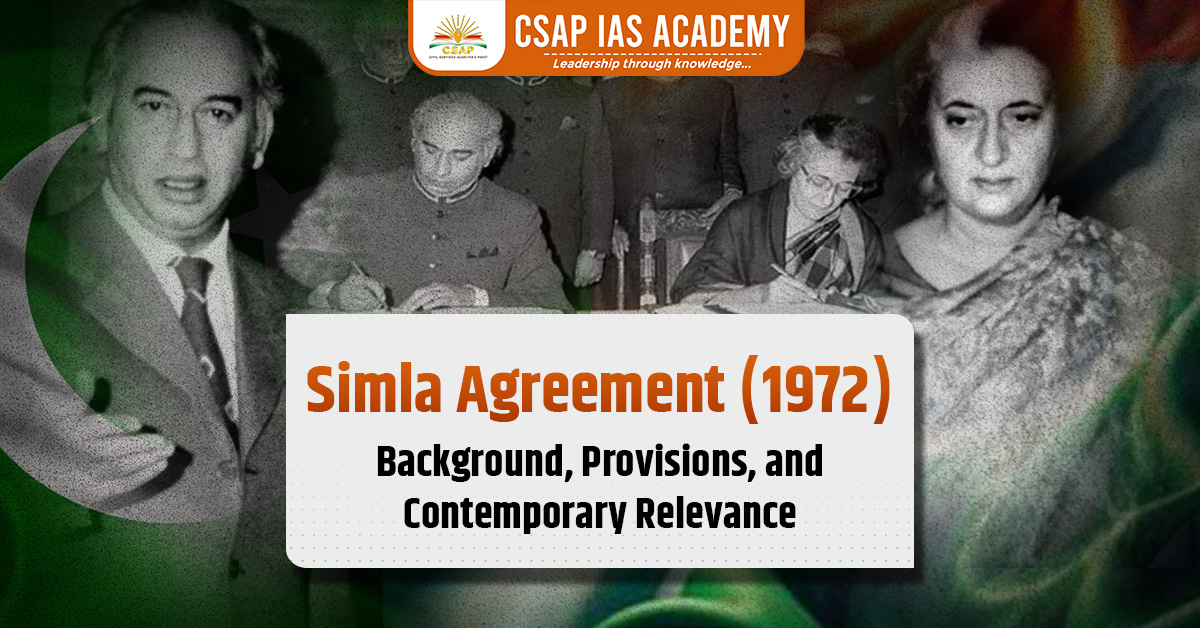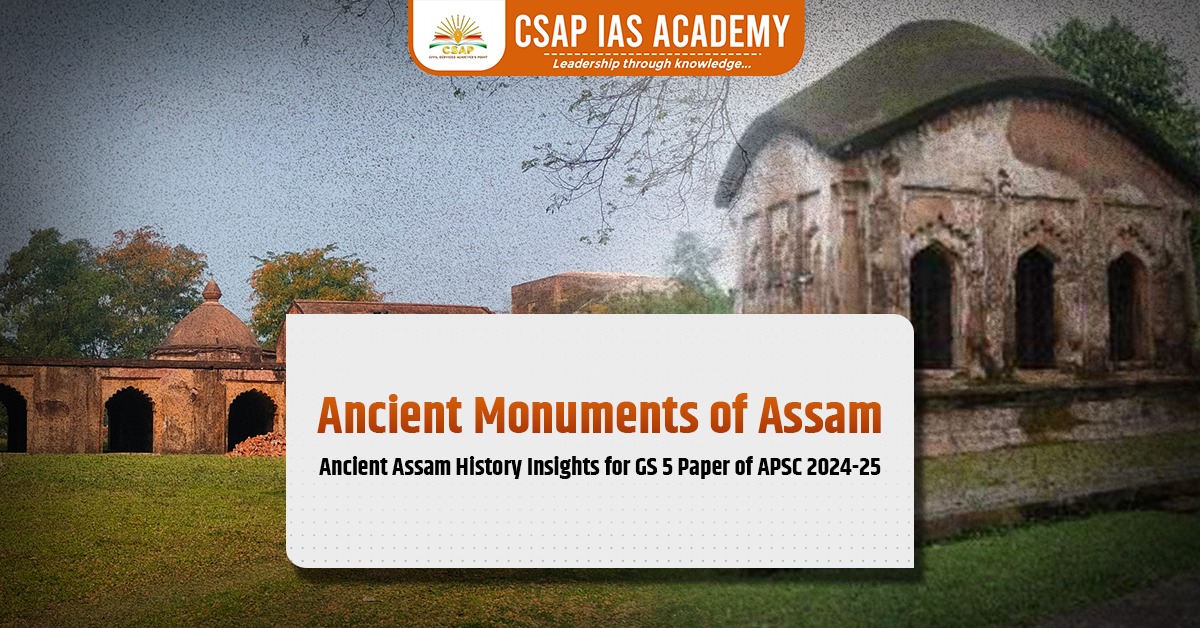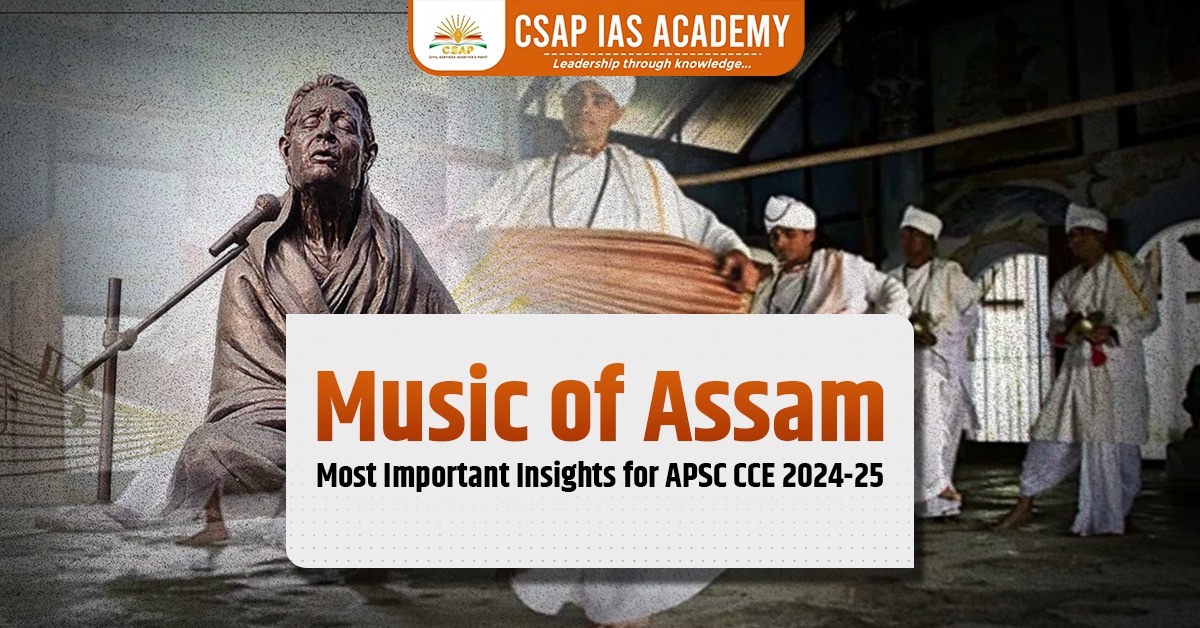The Koch Kingdom ruled regions in the eastern part of the Indian subcontinent, mainly the regions of Assam and Bengal; it is named after the Koch community, emerged as the dominant ruling house in the Kamata kingdom in 1515 after the fall of the Khen dynasty in 1498.
The first of the Koch kings, Viswa Singha and then his sons, Nara Narayan as the subsequent king and Chilarai as the general, soon occupied the western portion of the erstwhile Kamarupa Kingdom as well as some regions of south Assam.
The dynasty forked for the first time into two major branches that controlled Koch Bihar and Koch Hajo. Koch Bihar became a vassal of the Mughals, whereas Koch Hajo came under Ahom control and was subsequently absorbed. Koch Bihar became a princely state during British rule and was absorbed after Indian independence. The third branch of this dynasty at Khaspur disappeared into the Kachari kingdom.
EARLY HISTORY OF THE KOCHES
The historian of Muhammad Bakhtiar Khilji’s invasion at the end of the 12th century referred to the Koch, Mech and Tharu tribes of Kamrup. In North Bengal and Goalpara the Koch converts to Hinduism are generally known as Rajbangsi which indicates the name of a race or a tribe but not a caste.The Koch Kingdom of the 16th century was founded by the Koch Tribe who now lives scattered in Goalpara.
Bishwa Singha
The son of Hariya Mandal, Bishwa Singha (1515-1540) laid the foundation of the Koch dominion over Kamata Kingdom in the early part of the 16th century and established his capital in Coch-Behar. Bishwa Singha died in 1540.
Naranarayan
After his death,his son Malladeva ascended the name- Naranarayana. His brother Sukladhvaj became his commander-in- chief. He was also called “Chilarai’ because of his ability to attack the enemy like a Chila (hawk). Naranarayan’s rule was the most glorious epoch of the Koch kingdom. It was during his reign that the Ahoms suffered defeat in 1562.
The progenitor of the Koch kingdom was a Mech or Koch, named Hariya Mandal, a resident of Chikangram, a village in the Khutaghat Pargana of the Goalpara district.
WAR WITH THE AHOMS

In 1546 AD war broke out and Ahom’s were defeated by the Koches. Chilarai marched against the Atoms as far as Dikrai river where a battle took place. The Ahom’s were defeated again with great slaughter. At Kaliabar another battle was fought, here also the Koches were victorious. After this victory Koches erected a fortress at Narayanpur (Lakhimpur District) right in the heart of the Ahom kingdom.
The Koches constructed an embanked road about 350 Miles long from their capital Koch Bihar to Narayanpur which is known as Gosain Kamal’s Road, since it was carried out under the supervision of Gossain Kamal the King’s brother.
DEFEAT OF THE KOCHES
Suklengmung renewed his attack on the Koches in 1547 AD. He built an outpost in the rear of the Koch fort at Narayanpur. He cut off all the supplies and forced them to assume the offensive.In the battle that followed Koches were routed and decisively defeated.
RENEWED WAR AND KOCH-VICTORY
In 1555 AD Naranarayan is said to have attempted to cultivate friendly relations with Sukhampha, but the Ahom’s remained indifferent.
In 1562, Chilarai invaded the Ahom kingdom both by land and water. Ahom’s were defeated and treaty of Majuli was signed between Ahom’s and Koch in 1563. After this victory Chilarai annexed the Kachari Kingdom, Manipur, Tripura, Jayantia and Srihatta and extended its boundaries.
In 1576 AD Mughal Emperor Akbar invaded Gaur. Naranarayan is said to have assisted Akbar in the attack of Gaur. Chilarai invaded Nawab’s Kingdom from the east while the Mughal army advances upon Gaur from the west. The Nawab of Gaur was easily defeated. Chilarai was attacked by smallpox and died on the banks of the Ganges.
You might also like: The Salastambha Dynasty
DIVISION OF THE KOCH KINGDOM
The Koch Kingdom was divided between Naranarayan and Raghu Deb (Son of Chilarai) Naranarayan kept the portion of the Kingdom west of the Sankosh which came to be known as Koch Bihar and Raghu was given the territory east of the river which came to be known as Koch Hajo.
Naranarayan encouraged religion. He rebuilt the temple Kamakhya which the Muslims had destroyed. The stone figures of Naranarayan and Sukladhvaj in the Kamakhya Temple proves the story of rebuilding the temple of Kamakhya. Chilarai also annexed the Kachari kingdom, Manipur, Tripura, Jayantia and Srihatta and extended its boundaries. Then again there was a battle with the Nawab of Gour.
During that time Chilarai was attacked by smallpox and died on the banks of the Ganges. Naranarayan died in 1584 after a reign of nearly fifty years (1540-1584). In his times the power of the Koch Kings reached its zenith. Naranarayan’s rule is also remarkable, for it was during his reign that Assamese literature and culture flourished, which was inaugurated by Srimanta Sankardeva.
Naranarayan encouraged religion. He rebuilt the temple Kamakhya which the Muslims had destroyed. The stone figures of Naranarayan and Sukladhvaj in the Kamakhya Temple proves the story of rebuilding the temple of Kamakhya.
Naranarayan was a great patron of learning and some of best- known Assamese writings date from his reign. Many Vaishnava hymns and homilies were written by Sankardeva and Madhabdeva; Purushottam Bidyabagish compiled a grammar; Bakul Kayastha wrote a book on Mathematics; Ram Saraswati translated the Mahabharat, and Ananta Kandali translated the Bhagavat and other books into Assamese. After the death of Naranarayan, the Koch kingdom was not able to retain its glory.
Internal dissensions became the order of the day. Consequently the Afghans and the Mughals took advantage and in 1615, the Koch kingdom was annexed to the Mughal Empire. But the then Koch king Balinarayan with the help of the Ahom king was able to get back the area between Bharali and Barnadi.
BALINARAYAN, FOUNDER OF THE DYNASTY OF DARRANG RAJAS
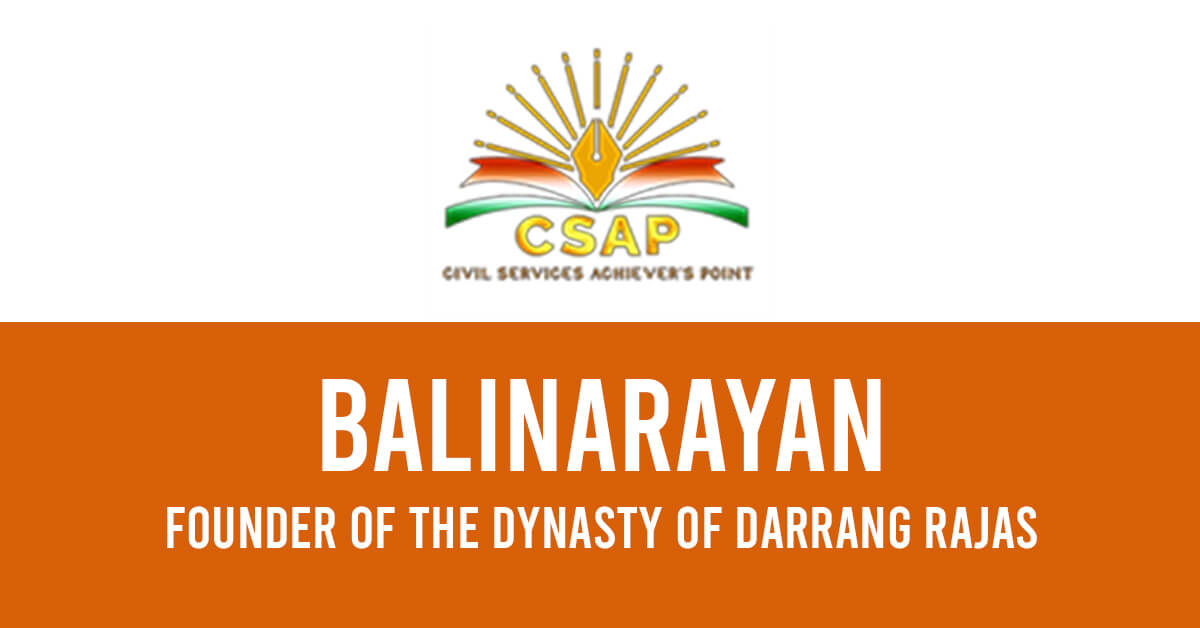
Parikshit’s brother Balinarayan, fled to the Ahom King, Pratap Singha after the annexation of Koch Hajo. This led to the invasion of the Ahom Kingdom by the Mughals. The invasion ended in the destruction of Mughal Forces. The Ahoms conquered Parikshit’s territory between the Barnadi in the west and the Bharali in the east.
Balinarayan was renamed Dharmanarayan on his installation as Darrang Raja by the Ahom’s. In 1637 AD Dharmanarayan died during an outbreak of epidemic, while he was engaged in bitter struggle with the Mughals. He was succeeded by his son, Mahendranarayan to the throne of Darrang as an Ahom vassal.
He accepted the rule of the Ahom king and assumed the name Dharmanarayan as a vassal king, a tradition which continued till the time of British occupation of Assam.
ABOUT RAGHU DEB
Raghu Deb couldn’t retain for long under his possession the eastern portion of modern Mymensingh district which was annexed by the Koches after the defeat of Sultan Daud of Bengal by the Mughals. Isa Khan and Afghan Bhuyan of Bengal invaded Koch Hajo defeated Raghu Deb and annexed the whole of the eastern portion of Mymensingh district as far as Rangamati in the district of Goalpara.
Raghu Deb died in 1593 AD. He rebuilt the Hayagrib Temple at Hajo.
After Raghu’s death Parikshit Narayan assumed the throne, which witnessed conflict between the two Koch Kingdoms, Koch Bihar and Koch Hajo. Lakshminarayan son and successor of Naranarayan declared himself a vassal of the Mughal Empire and attacked Parikshit second son of Raghu Deb in which he was defeated and was taken to Dacca and under Jehangir’s orders he was sent to Delhi while in his journey he fell ill and died on the journey. After Parikshit’s death Koch Hajo was annexed to the Mughal Empire. But Lakshminarayan received his Kingdom as a Mughal vassal.
While Koch Hajo founded by Raghu Deb gradually disappeared, a different faith awaited Koch Bihar. The western branch of the Koch Dynasty continued to rule Koch Bihar as the Mughal Vassal. During British rule, Koch Bihar was only one of the Hundreds of Tributary states. But it was only a very small part of the former Koch Kingdom. After independence Koch Bihar was merged into West Bengal.
Download App:

